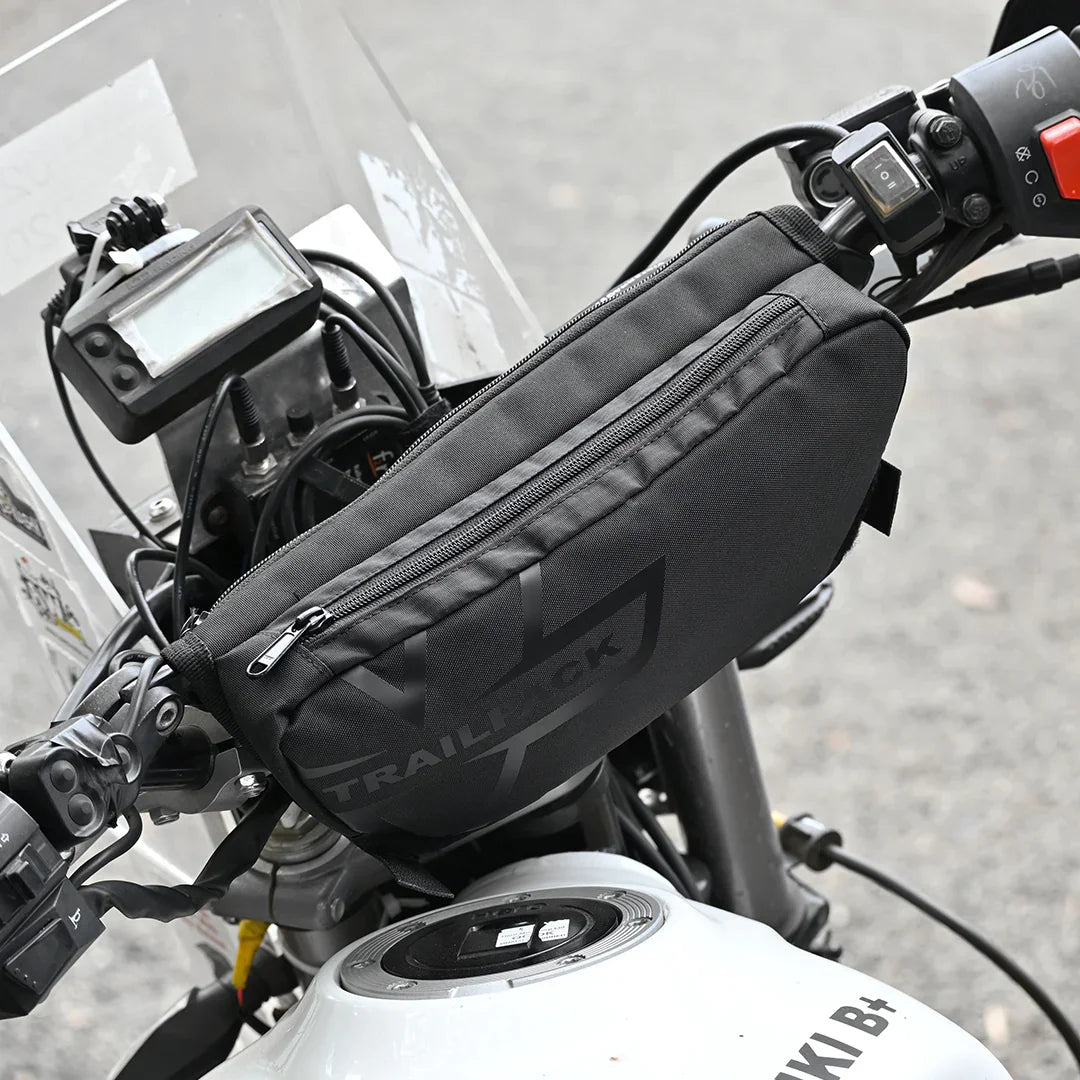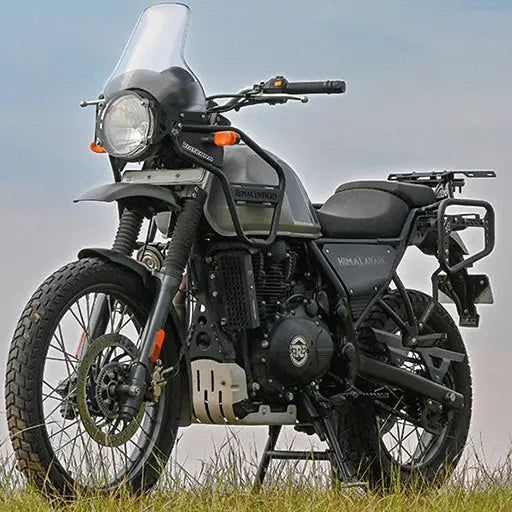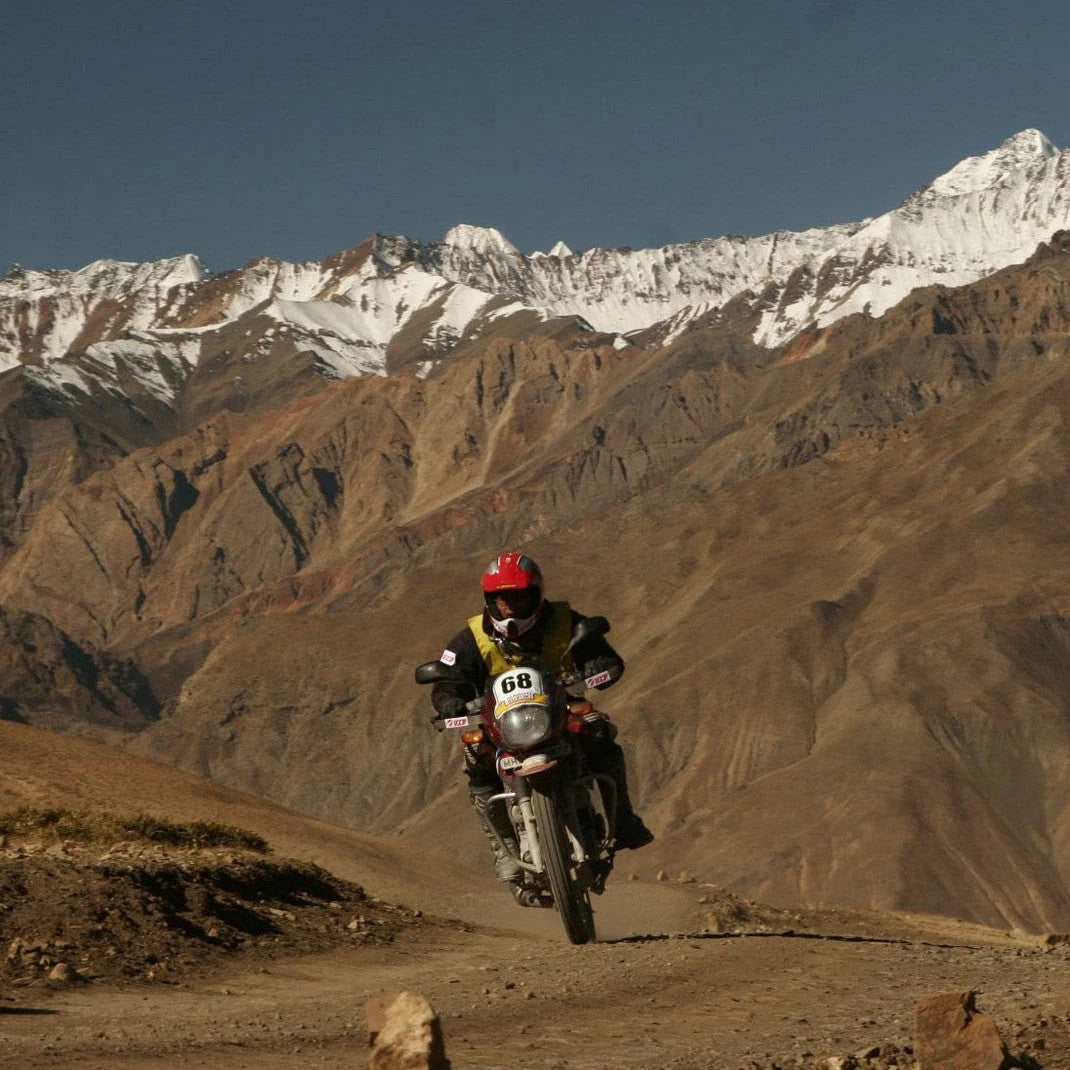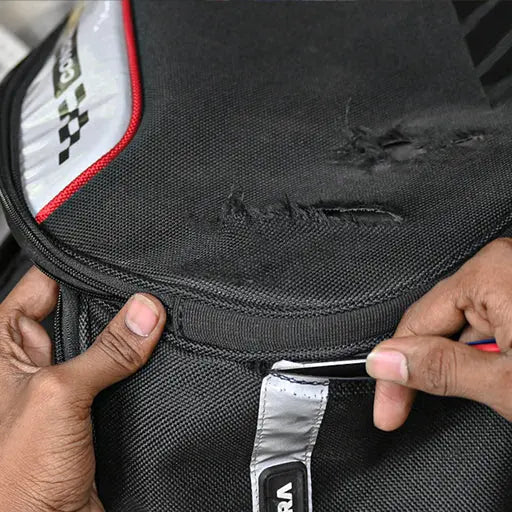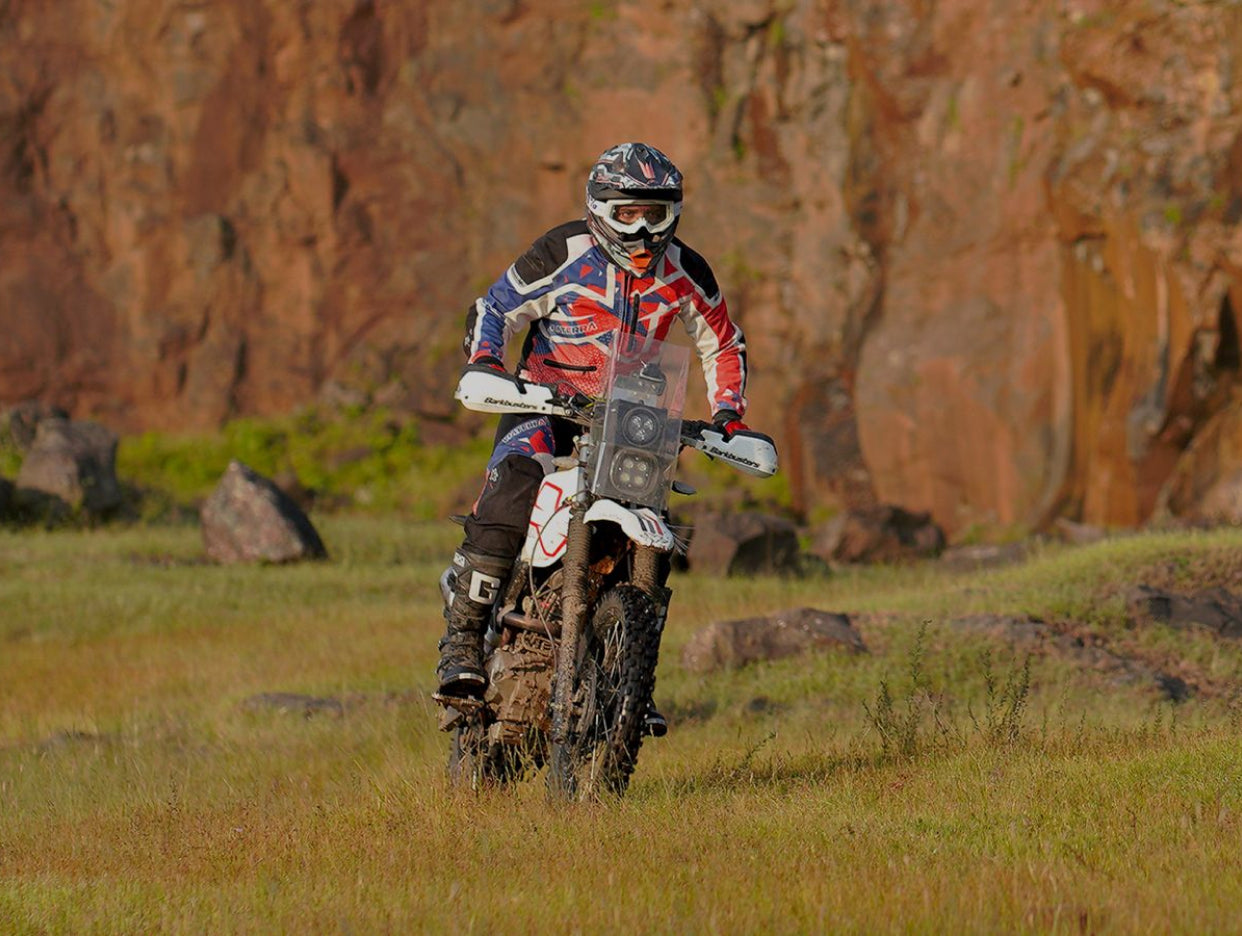Long-distance motorcycle tours can expose you to diverse weather and terrain, making motorcycle base layers essential for comfort and safety. Using the right base layer for riding along with mid and outer layers ensures you stay warm, dry, and protected, whether riding sunny plains or cold mountain passes.
Why Layering Matters for Motorcycle Riders
Riding across vari`ed terrains and climates in India or abroad requires more than just a good motorcycle - it demands proper clothing strategy. A well-planned layering system allows riders to adapt to changing weather, maintain body temperature, and reduce fatigue.
Using Viaterra base layer products ensures that moisture is managed, insulation is retained, and protection from wind and rain is maximized. Proper layering can:
-
Enhance rider comfort in fluctuating weather
-
Keep essential protection in place without restricting mobility
-
Reduce the need to carry bulky, heavy gear
-
Allow quick adaptation to both warm and cold conditions
For serious riders, a motorcycle winter base layer is not optional - it is a key element in every ride kit.
Understanding the Concept of Motorcycle Layering
Layering in motorcycling borrows from outdoor lifestyle principles like trekking and mountaineering. Riders often face temperature swings, from scorching sun to freezing winds at high altitudes. Carrying multiple single-purpose jackets is inefficient. Instead, layering enables:
-
Flexibility: Add or remove layers depending on weather
-
Space-saving: Lightweight layers occupy less luggage space
-
Protection: Maintain safety without sacrificing comfort
How it Works
Imagine riding in the Himalayas: mornings are cold, afternoons warm, and sudden rains can appear anytime. By combining a base layer for motorcycle riding, mid-layer insulation, and waterproof outer layers, you maintain comfort throughout the journey.
Types of Layers for Motorcycle Riding
Upper Body Layers
-
Base Layer
The base layer sits directly on your skin and is crucial for moisture management. It should be breathable, quick-drying, and, ideally, have anti-bacterial properties.
Options:
-
Viaterra B100 Base Layer: Lightweight, moisture-wicking, perfect for summer rides
-
Viaterra 2nd Skin Base Layer: Tight fit, excellent for layering under jackets
-
Viaterra Fleece Base Layer: Thicker insulation for cold-weather riding
These riding base layers are versatile and work as the first line of defense against cold, heat, or sweat.
-
Mid-Layer
Worn over the base layer, the mid-layer adds insulation without restricting movement.
Example:
-
Viaterra Boreal Mid-Layer: Thin, stretchable, and warm; fits comfortably under riding jackets without bulk
-
Mid-layers are essential for motorcycle winter base layer setups, letting riders adjust insulation as conditions change.
-
Riding Jacket
Over the mid-layer, the riding jacket provides abrasion resistance and critical impact protection. It is mandatory for every ride, even if other layers are minimal.
4. Outer Waterproof Layer
A waterproof shell or riding jacket keeps rain and wind at bay. It can be worn over all layers to maintain dryness and warmth. Lightweight, packable options are ideal for touring.
Lower Body Layers
the upper body, moisture-wicking base layers keep legs dry and warm.
-
Riding Pants
Protective riding pants are worn over the base layer for abrasion resistance.
-
Waterproof Layer
Outer pants or waterproof shells protect against rain and cold, especially useful in mountainous or wet regions.
Tip: For extremely cold weather, opt for fleece base layers under pants instead of mid-layers, since lower body gear allows less space for additional layers.
How to Wear Layers Effectively
-
Start with the base layer: Choose appropriate thickness based on temperature
-
Add mid-layer if needed: Offers warmth without restricting movement
-
Always wear a riding jacket: Never skip safety protection
-
Top with waterproof layer: Protects against rain, wind, and cold
Mixing and matching layers allows riders to stay comfortable, dry, and safe across changing weather.
Pro Tips for Layering
-
Choose materials wisely: Merino wool, synthetic fleece, and breathable synthetics work best
-
Pack light but smart: Base and mid-layers are compact, allowing room for other essentials
-
Test combinations before rides: Practice layering for different weather scenarios
-
Keep essentials accessible: Store gloves, neck warmers, and lightweight layers in saddlebag or tank bag
Common Mistakes to Avoid:
-
Overloading with too many layers, reducing mobility
-
Skipping mid-layers in fluctuating conditions
-
Using non-breathable base layers that trap sweat
Recommended Viaterra Products
-
B100 Base Layer: Moisture-wicking, summer and winter compatible
-
2nd Skin Base Layer: Tight fit for layering under jackets
-
Fleece Base Layer: Retains warmth in extreme cold
-
Boreal Mid-Layer: Thin, warm, flexible
-
Waterproof Jackets & Shells: Essential for wet weather riding
-
Balaclavas, Neck Warmers, Knee Socks: Additional accessories for cold rides
These products ensure riders are equipped with the best base layer for riding and other protective layers.
Conclusion
Layering is a simple yet effective way to maintain comfort, warmth, and safety on long-distance tours. Using the right Viaterra base layer, combined with mid-layers, riding jackets, and waterproof shells, riders can confidently tackle any terrain or weather condition. Experiment with permutations to find your ideal combination and enjoy every ride with maximum comfort and protection.
Explore the base layers riding and winter layering options from ViaTerra to enhance your next adventure.
FAQs
-
Is it necessary to carry all layers for every ride?
It depends on weather and ride type. For summer rides, a Viaterra base layer may suffice. For Himalayan or winter tours, add mid-layers and waterproof layers.
-
How many layers should I wear for cold weather?
At least 2 - 3 layers: base layer, mid-layer, and a riding jacket. Add a waterproof layer if rain or extreme cold is expected.
-
What are some additional layers besides base and mid-layer?
Accessories like B100 Balaclava, 2nd Skin Balaclava, waterproof knee socks, and fleece neck warmers help maintain comfort in cold conditions.
-
What is the best base layer for cold weather motorcycle riding?
The Viaterra B100 fleece base layer or 2nd Skin base layers are highly recommended for cold weather, offering warmth, moisture management, and comfort.
-
Can I use the same base layer for both summer and winter rides?
Yes, lightweight B100 or 2nd Skin layers work for summer and mild weather. For extreme cold, opt for fleece base layers.


